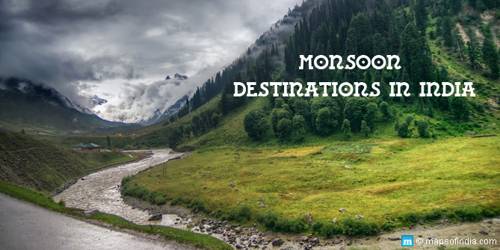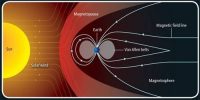The Nature of Indian Monsoon
Monsoon is a familiar with a little known climatic phenomenon. The monsoon of South Asia is among several geographically distributed global monsoons. Despite the observations spread over centuries, the monsoon continues to puzzle the scientists. Many attempts have been made to discover the exact nature and causation of monsoon, but so far, no single theory has been able to explain the monsoon fully. A real breakthrough has come recently when it was studied at the global rather than at regional level. It affects the Indian subcontinent, where it is one of the oldest and most anticipated weather phenomena and an economically important pattern every year from June through September, but it is only partly understood and notoriously difficult to predict. The primary cause of monsoons is the difference between annual temperature trends over land and sea.
Systematic studies of the causes of rainfall in the South Asian region help to understand the causes and salient features of the monsoon, particularly some of its important aspects, such as:
(i) The onset of the monsoon.
(ii) Rain-bearing systems (e.g. tropical cyclones) and the relationship between their frequency and distribution of monsoon rainfall.
(iii) Break in the monsoon.















